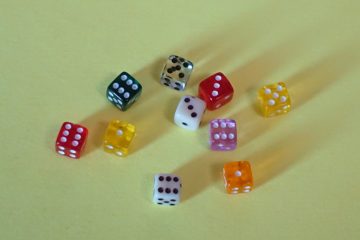Article by Steven Tijms:
 The classic explanation of the gambler’s fallacy, proposed exactly fifty years ago by Amos Tversky and Daniel Kahneman, describes the fallacy as a cognitive bias resulting from the psychological makeup of human judgment. We will show that the gambler’s fallacy is not in fact a psychological phenomenon, but has its roots in the counter-intuitive mathematics of chance.
The classic explanation of the gambler’s fallacy, proposed exactly fifty years ago by Amos Tversky and Daniel Kahneman, describes the fallacy as a cognitive bias resulting from the psychological makeup of human judgment. We will show that the gambler’s fallacy is not in fact a psychological phenomenon, but has its roots in the counter-intuitive mathematics of chance.
The gambler’s fallacy is one of the most deeply rooted irrational beliefs of the human mind. Some 200 years ago, the French mathematician and polymath Pierre-Simon de Laplace (1749–1827) assigned a prominent place to this fallacy among the various illusions common in estimating probabilities. In his classic Philosophical Essay on Probabilities, he recalled seeing men who, on the verge of becoming fathers and ardently desiring sons, learned with anxiety about the births of boys, believing that the more boys were born, the more likely their own child would be a girl. In the same essay, Laplace also recounts how people were eager to bet on a number in the French lottery that had not been drawn for a long time, believing that this number would be more likely than the others to be drawn in the next round.
Times change, people don’t. Not so long ago, a single number in the Italian state lottery held almost an entire nation in its spell. Number 53 eluded every draw for more than a year and a half. With each draw, more and more Italians believed that the magic number would surely emerge.
More here.
